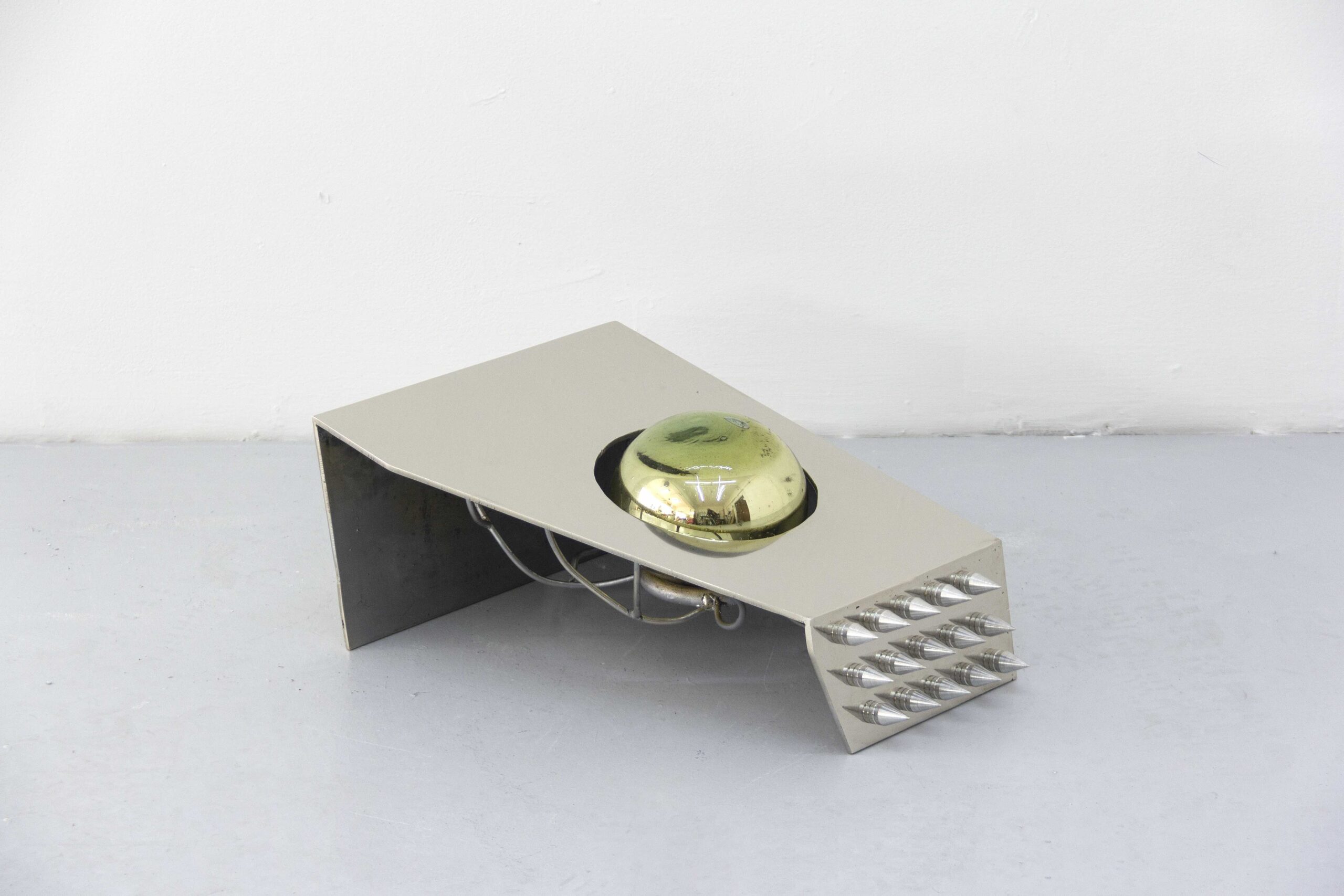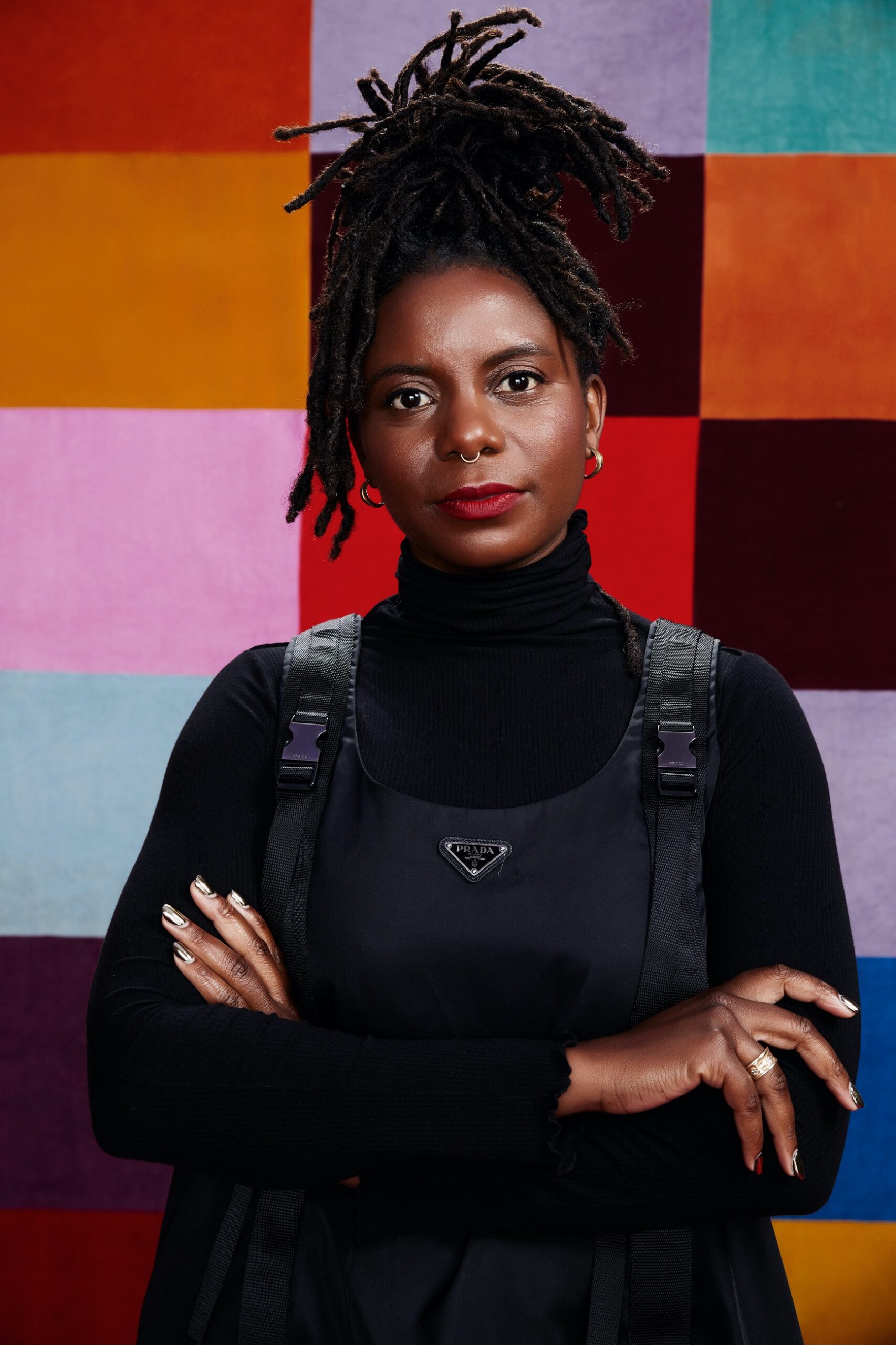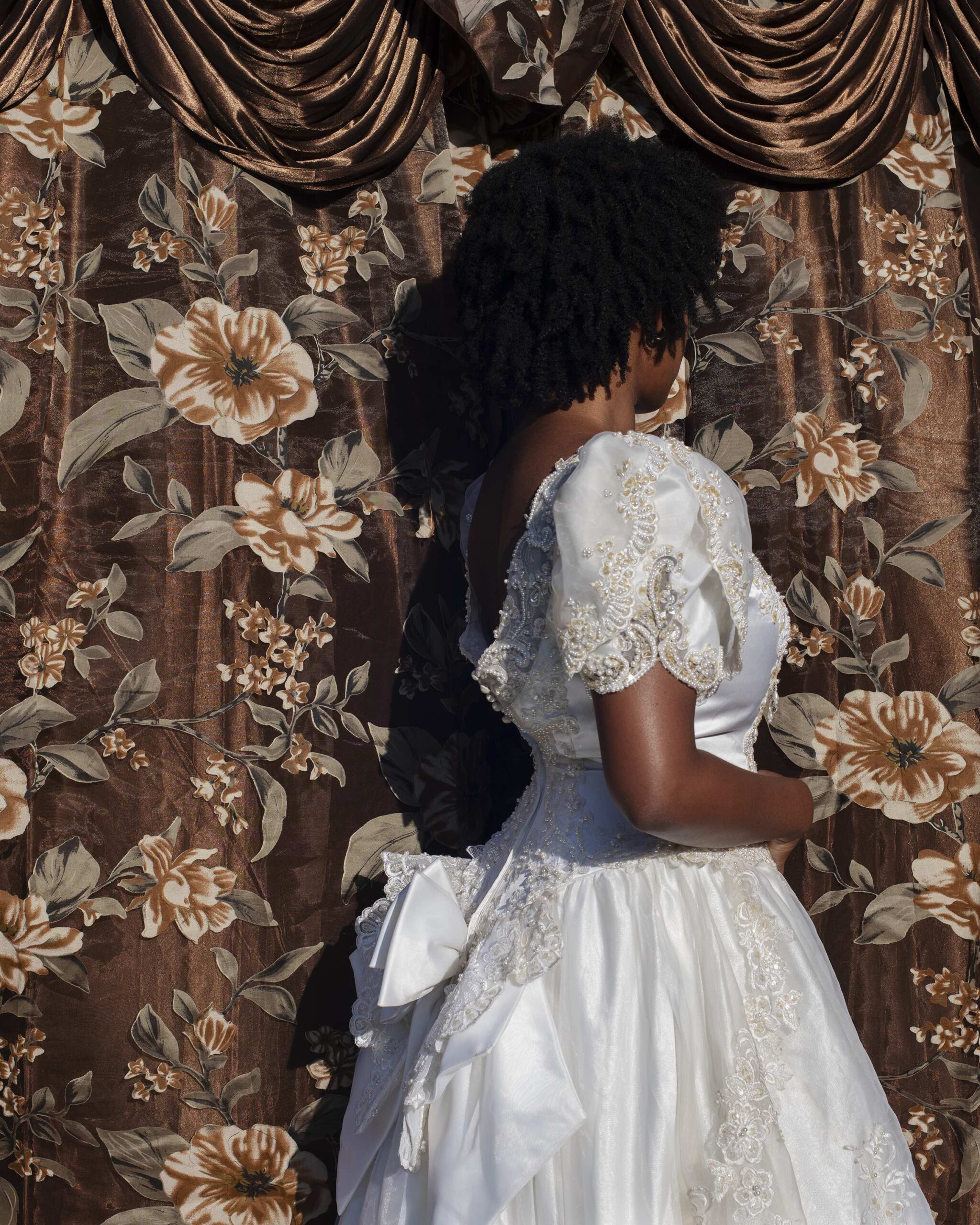As co-curator for the 2025 edition of Made in L.A. Biennial at the Hammer Museum, and curator of Frieze Los Angeles, Focus 2024, Essence Harden’s work is rooted in community and place
 Photography courtesy of Yeni Mao and Brooke Benington featuring Make Room by Yenio Mao at Frieze Los Angeles 2024
Photography courtesy of Yeni Mao and Brooke Benington featuring Make Room by Yenio Mao at Frieze Los Angeles 2024
Words by Sarah Forman
‘I don’t know how to pitch exhibitions,’ Essence Harden says over the phone driving to work on a Thursday morning in April. A visual art curator and programme manager at the California African American Museum in Los Angeles, Harden has spearheaded shows at The Orange County Museum of Art (OCMA), the Oakland Museum of California, and curated for Frieze – one of the largest and most significant commercial art fairs worldwide, amongst many other projects.
Most recently, they have been tapped for Made in L.A., the acclaimed biennial at the Hammer Museum scheduled to open in fall of 2025. It’s an unusual problem to have, and more unusually, not one for Harden. Not short on work, Harden has become an inextricable part of the California arts scene, and the curator’s experience is unique, to say the least.
Having grown up in the Bay area, Harden undertook their entire university education at the University of California Berkeley, where they went on to pursue a PhD. Under the umbrella of Black studies, their research focused on the Los Angeles based collective Studio Z, comprised of artists like David Hammons and Senga Nengudi whose expansive practices included performance, painting, and highly participatory works addressing the experiences of black bodies in the late ‘70s and early ‘80s.
 Photography by Julia Johnson featuring Essence Harden
Photography by Julia Johnson featuring Essence Harden
‘Black studies is a framework of reading through and between intersecting disciplines, around the radical politics of the everyday and centring the exchange of information,’ Harden shares. ‘That radicality is what the discipline is invested in…what are the community aspects of someone’s practice.’
In 2015, Harden moved down the coast to the city itself, where the following year they organised a panel on abstraction, blackness and kinship at a conference in Johannesburg, South Africa, with visual artists – and friends – Sadie Barnette and Adee Roberson. An extension of Harden’s academic experience and the curator’s growing community in Los Angeles, the panel led to an exhibition at Charlie James Gallery, and one could say the rest is history.
‘My practice is very much on the ground,’ Harden says. ‘It’s been organic and led by my heart, desire and interest in particular communities of people.’ Working in art was not the original plan, but over the last eight years Harden’s put on nearly 30 exhibitions, making clear this was a path they were inevitably suited for. ‘I’ve been working through broader networks, in Los Angeles and California more widely, for nearly a decade now, and all that effort feeds my practice in the most effortless ways.’
 Photography courtesy of Shulamit Nazarian featuring Sòti nan gran lanmou (From Such Great Love), 2023, by Shulamit Nazarian at Frieze Los Angeles 2024
Photography courtesy of Shulamit Nazarian featuring Sòti nan gran lanmou (From Such Great Love), 2023, by Shulamit Nazarian at Frieze Los Angeles 2024
Expanding on what might be better known as an “object oriented” approach to curating, Harden situates artworks within rich matrices of community and capital to build networks that not only illustrate and illuminate but sustain. Harden is driven as much by the county as the creative work that comes out of it.
‘I can be with all kinds of objects and performances, feeling things and investigating those sensations. And then I go backwards…I just allow it to be true.’ Harden starts with what’s in front of them, and reads it and its context as they are exiting the space, letting the experience of a place they profoundly respect and participate in lead their creative practice. ‘I feel the best when I’m of use, and art is a very easy way to be of use.’
Get a curated collection of design and architecture news in your inbox by signing up to our ICON Weekly newsletter

















